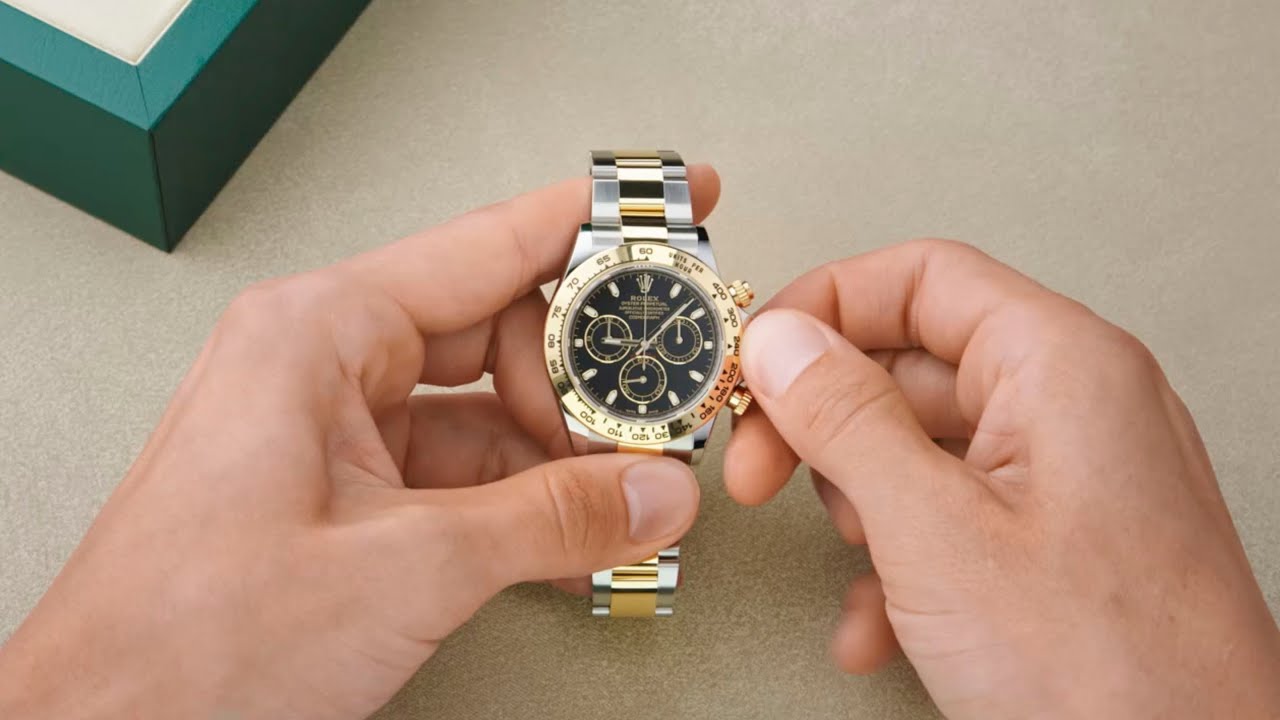Watch Guides
Water Resistance
Watch resistance refers to a timepiece’s ability to withstand external factors such as water, dust, and shocks. It’s crucial for understanding a watch’s durability and functionality in various conditions. Different levels of resistance are measured in water resistance, shock resistance, and dust resistance, ensuring the watch performs reliably in diverse environments. Proper comprehension of watch resistance helps users choose timepieces suitable for their activities, enhancing longevity and performance.
What is Watch Resistance?
Watch resistance encompasses various protective features to ensure a timepiece functions in challenging conditions.
- Water Resistance: Indicates a watch’s ability to withstand water. Ratings are typically in meters or atmospheres, representing the depth a watch can endure without water entering. It’s crucial for activities like swimming or diving.
- Shock Resistance: Protects the watch movement from external impacts, ensuring accurate timekeeping despite sudden jolts or drops. This feature is vital for sports and outdoor activities.
- Magnetic Resistance: Shields the watch from magnetic fields that can affect the accuracy of the movement. Especially important in environments with electronic devices.
- Dust Resistance: Guards against dust and debris, maintaining the watch’s internal components and preserving accuracy over time.
Understanding these resistance types helps users select watches suitable for their lifestyle, ensuring durability and reliable performance.
Why Watch Resistance Matters?
Watch resistance encompasses various protective features to ensure a timepiece functions in challenging conditions.
- Water Resistance: Indicates a watch’s ability to withstand water. Ratings are typically in meters or atmospheres, representing the depth a watch can endure without water entering. It’s crucial for activities like swimming or diving.
- Shock Resistance: Protects the watch movement from external impacts, ensuring accurate timekeeping despite sudden jolts or drops. This feature is vital for sports and outdoor activities.
- Magnetic Resistance: Shields the watch from magnetic fields that can affect the accuracy of the movement. Especially important in environments with electronic devices.
- Dust Resistance: Guards against dust and debris, maintaining the watch’s internal components and preserving accuracy over time.
Understanding these resistance types helps users select watches suitable for their lifestyle, ensuring durability and reliable performance.
Types of Watch Resistance
Water Resistance:
- Levels of Water Resistance: Watches are rated in meters or atmospheres. Common classifications include basic water resistance (30m), suitable for daily wear; 100m, suitable for swimming; 200m, appropriate for diving; and higher levels for professional diving.
- Importance of Ratings: Water resistance is crucial to prevent water damage during activities. Understanding ratings ensures the watch can withstand specific water depths, avoiding potential damage.
Shock Resistance:
- Impact of Shocks: Sudden impacts or drops can affect a watch’s accuracy and functionality. Shocks can disrupt the delicate movement inside, leading to damage or timekeeping issues.
- Features of Shock-Resistant Watches: Watches may incorporate features like shock-absorbing materials, protective casing, or specialized suspension systems for the movement. Examples include Casio’s G-Shock series known for their robust shock resistance.
Other Types of Resistance:
- Heat Resistance: Some watches are designed to withstand extreme temperatures, ensuring consistent performance in hot or cold environments.
- Magnetic Resistance: Shields watches from magnetic fields that can interfere with the movement. Anti-magnetic materials or protective casings help maintain accuracy in magnetic environments.
- Chemical Resistance: Certain watches resist exposure to chemicals, making them suitable for professions or activities involving corrosive substances.
Understanding these resistances is vital for choosing a watch that aligns with specific needs and activities, enhancing its overall durability and performance.
Testing Watch Resistance
Industry Standards for Testing Watch Resistance:
- ISO Standards: The International Organization for Standardization (ISO) provides standards for water resistance testing (ISO 2281 for water-resistant watches and ISO 6425 for dive watches).
- NIHS Standards: The Swiss watch industry uses standards set by the Normes de l’Industrie Horlogère Suisse (NIHS) for various aspects, including water and shock resistance.
Common Testing Methods:
- Water Resistance:
- Pressure Testing: Watches are subjected to increased water pressure to simulate underwater conditions. This ensures the seals and gaskets effectively prevent water ingress.
- Shock Resistance:
- Drop Tests: Watches undergo controlled drop tests to assess their ability to withstand impacts. Various angles and heights may be tested to mimic real-world scenarios.
- Magnetic Resistance:
- Magnetic Field Exposure: Watches are exposed to magnetic fields, and their accuracy is checked. The ISO 764 standard specifies the requirements for anti-magnetic watches.
- Heat Resistance:
- Thermal Shock Tests: Watches are subjected to rapid temperature changes to evaluate their resilience to extreme temperatures without affecting performance.
- Chemical Resistance:
- Chemical Exposure: Watches may undergo exposure to chemicals to ensure their resistance to corrosive substances.
These testing methods help watch manufacturers adhere to industry standards, ensuring that timepieces meet specific resistance criteria. Adhering to recognized standards provides consumers with reliable information about a watch’s durability and performance in different conditions.
Maintaining Watch Resistance
Maintaining Water Resistance:
- Regular Checks: Periodically check the gaskets and seals for any signs of wear or damage. Replace them if necessary to maintain water-tight integrity.
- Avoid Hot Water: Hot water can compromise seals. Avoid wearing your watch in hot showers or hot tubs, and always rinse it with fresh water after exposure to saltwater.
- Crown Position: Ensure the crown is always pushed in or screwed down, depending on the design, to maintain water resistance. Avoid adjusting the time or date underwater.
Protecting Against Shocks and Impacts:
- Choose a Shock-Resistant Watch: Opt for watches designed with shock-resistant features, such as shock-absorbing materials, protective casings, or suspension systems.
- Regular Servicing: Schedule regular maintenance to ensure the movement and components remain in optimal condition. This helps detect and address potential issues caused by shocks.
- Avoid Impact: Be mindful of activities that involve potential impacts, and take off your watch if engaged in activities with a higher risk of shocks.
Ensuring Overall Durability:
- Avoid Extreme Conditions: Limit exposure to extreme temperatures, chemicals, and magnetic fields, as these can affect the watch’s overall durability.
- Protect the Crystal: If your watch has a sapphire crystal, be cautious of hard surfaces to prevent scratches. Consider using a watch with a mineral crystal if scratch resistance is a priority.
- Regular Cleaning: Clean your watch regularly with a soft cloth to remove dirt and grime. This simple step can contribute to the longevity of the watch’s appearance.
By following these tips, you can maintain water resistance, protect against shocks, and ensure the overall durability of your timepiece, enhancing its longevity and performance.
Final Thoughts
Understanding and prioritizing watch resistance is crucial for selecting timepieces that align with specific needs and activities. It not only ensures the longevity and durability of the watch but also contributes to reliable performance in diverse conditions. Whether you’re into water sports, outdoor adventures, or everyday wear, a well-maintained and resistant timepiece becomes a reliable companion, standing the test of time and environmental challenges.







